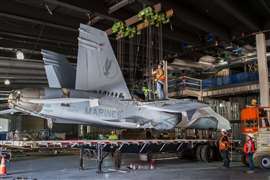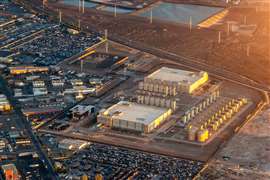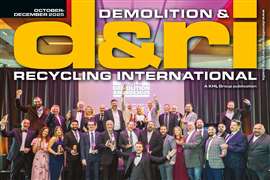US best practice guide welcomed by IPAF
19 February 2013
IPAF has welcomed the Statement of Best Practices for Workplace Risk Assessment and Aerial Work Platform Equipment Selection, which was released last week by the industry organizations ARA (American Rental Association), AEM (Association of Equipment Manufacturers), SAIA (Scaffold & Access Industry Association), and IPAF.
The new guidance highlights best practices regarding workplace risk assessment and selecting the most appropriate aerial work platform (AWP) equipment for the job at hand. It was developed for use in the US and is based on ANSI standards.
“Before you use an AWP, think about how you would use it and what could go wrong. This is risk assessment. It is the best way for management to prevent accidents. This new document gives managers clear guidance on how to perform risk assessments,” said IPAF CEO Tim Whiteman.
IPAF believes that risk assessment is a must before starting any work at height and crucial to preventing accidents. Approved training centers of IPAF and AWPT (American Work Platform Training, IPAF’s US subsidiary) provide a course that trains managers and supervisors to prepare for and safely coordinate various types of AWPs on site. The course covers topics ranging from pre-start and workplace daily inspection, to fall protection, hazard awareness and prevention.
More details on the AWPs for Managers course are at www.awpt.org/a4m. The risk assessment guidance document is available for free download at the Publications sections of www.awpt.org and www.ipaf.org




